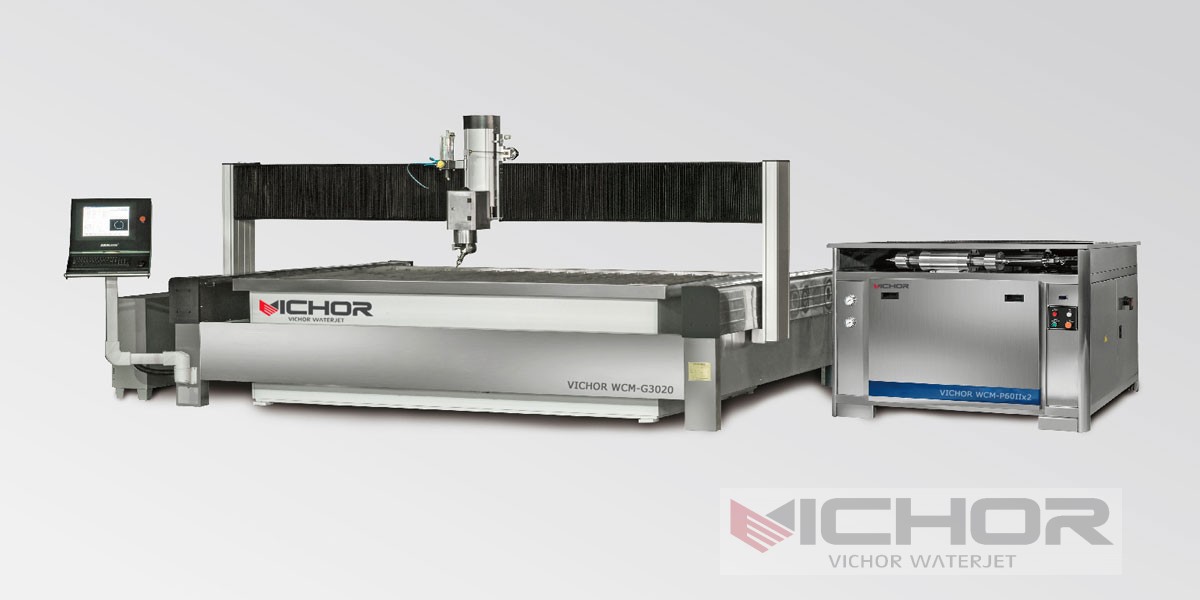
The Ultimate Guide to Mobile Water Jet Cutter Systems: On-Site Precision Cutting
In the evolving world of modern fabrication and industrial maintenance, the demand for precision cutting isn’t confined to the workshop. What happens when the project is too large to move, located in a remote area, or an integral part of a fixed structure? This is where the innovation of the mobile water jet cutter comes into play. A mobile water jet cutter is a fully functional, high-pressure abrasive waterjet system mounted on a trailer, truck, or within a portable container, designed to be driven directly to a job site. This revolutionary concept brings the unparalleled capabilities of cold, precise waterjet cutting to the field, overcoming the logistical nightmares and exorbitant costs associated with transporting massive components. Whether it’s cutting on the factory floor, at a remote construction site, or in a ship’s hold, the mobile water jet cutter provides unmatched flexibility and power. This comprehensive guide will explore the technology, immense benefits, diverse applications, and key considerations of employing a mobile water jet cutter for your on-site cutting needs.
What is a Mobile Water Jet Cutter? Bringing the Factory to the Field
A mobile water jet cutter is not a downgraded or simplified version of its stationary counterpart. It is a robust, industrial-grade waterjet system that has been ingeniously engineered for portability and off-grid operation. At its core, it contains all the essential components of a standard waterjet: a high-pressure intensifier pump (typically generating 60,000 to 90,000 PSI), an abrasive delivery system, a CNC-controlled cutting head, and a water filtration system. The key differentiator is how these components are integrated into a compact, mobile unit.
These systems are often housed on a heavy-duty trailer with a built-in generator for autonomous power, or they can be designed to plug into existing industrial power sources on-site. They feature stabilized leveling systems to ensure precision even on uneven ground and are built to withstand the rigors of transportation. The cutting area is usually created on-site using a portable cutting table or by setting up the cutting head on a gantry over the workpiece itself. This ability to deploy cutting power anywhere in the world makes the mobile water jet cutter an invaluable tool for a wide range of industries that operate outside a traditional factory setting.
The Unbeatable Advantages of Deploying a Mobile Water Jet Cutter
The decision to use a mobile water jet cutter is driven by a powerful set of advantages that solve some of industry’s biggest challenges.
Eliminate Transportation Costs and Logistical Headaches: The most significant benefit is the elimination of the need to transport large, heavy, or delicate components. Moving a massive pressure vessel, a section of a ship’s hull, or a structural beam for a bridge requires specialized permits, heavy haulers, cranes, and involves significant risk and cost. Bringing the cutter to the part is invariably more efficient and economical.
Minimize Project Downtime: In industrial settings like power plants or refineries, downtime costs thousands of dollars per minute. Instead of shutting down an entire production line to disassemble and remove a component for cutting, a mobile water jet cutter can perform the work in place. This drastically reduces operational interruption, saving immense amounts of time and money.
Retain the Cold Cutting Advantage: Like all waterjets, the mobile water jet cutter is a cold process. It produces no Heat-Affected Zone (HAZ), meaning it does not warp, harden, or alter the metallurgical properties of the material being cut. This is absolutely critical for on-site repairs and modifications on pre-stressed structures, pipelines, and machinery where heat could cause catastrophic failure.
Unmatched Versatility On-Demand: A single mobile water jet cutter service can handle an incredible variety of materials on your site. One day it could be cutting stainless steel pipes in a chemical plant, and the next it could be demolishing reinforced concrete on a bridge or shaping titanium components in an aerospace hangar. This versatility provides a one-stop solution for all on-site cutting needs.
Enhanced Safety and Environmental Compliance: Mobile cutting happens in a controlled environment. Since the process generates no toxic fumes or gases (a byproduct of thermal cutting), it is ideal for use in confined spaces like tanks, vessels, and ship interiors, provided proper ventilation for mist is arranged. It also eliminates the fire hazard associated with hot work, often removing the need for fire watches and special permits.
Key Applications and Industries Transformed by Mobile Cutting
The application of mobile water jet cutter technology is vast, revolutionizing how industries approach large-scale and on-site projects.
Shipbuilding and Marine Repair: Ships and offshore platforms cannot be moved easily. A mobile water jet cutter is used for precise cutouts on decks and hulls, removing damaged sections, creating openings for new equipment, and performing repairs without dry-docking the vessel, which is an extremely expensive process.
Power Generation and Petrochemical Plants: These facilities have miles of pipes, thick-walled boilers, and pressure vessels. Mobile units are deployed for maintenance, decommissioning, and modifications. They can cut through high-alloy steels and perform precise cuts on in-situ piping without causing thermal distortion that could compromise safety.
Civil Engineering and Infrastructure: For bridge demolition, cutting reinforced concrete decks, modifying structural steel on site, or trenching, the mobile water jet cutter offers precision and control that jackhammers and diamond saws cannot match. It can selectively cut rebar without damaging surrounding concrete.
Aerospace and Defense: Large aircraft components and hangar facilities can be serviced on-site. A mobile water jet cutter can be used for cutting composite wings, titanium engine parts, and aluminum fuselage sections during repair and overhaul operations, all without compromising the material’s integrity.
Emergency Response and Disaster Recovery: In scenarios like nuclear decommissioning or disaster site management, a remotely operated mobile water jet cutter can be used to safely cut through unstable debris, damaged structures, and hazardous materials without putting human lives at risk.
Critical Considerations for Operating a Mobile Water Jet Cutter
Deploying this technology successfully requires careful planning and an understanding of its operational parameters.
Site Preparation and Access: The site must be accessible for a large truck and trailer. Ground conditions need to be stable and level enough to support the unit and allow for precise calibration of the cutting equipment. Adequate space for the operation, support vehicles, and material handling is essential.
Water and Abrasive Supply: A significant amount of water and abrasive garnet is required. A standard mobile water jet cutter will have large onboard storage for both, but for extended projects, a plan for resupply is necessary. A water source and a containment plan for the run-off slurry are also key logistical points.
Slurry Management: The waste product of abrasive waterjet cutting is a slurry of water, spent abrasive, and minute particles of the cut material. On a mobile job site, containing, filtering, and disposing of this slurry responsibly is a primary consideration to meet environmental regulations.
Operator Expertise: Operating a mobile water jet cutter requires not only expertise in waterjet technology but also skills in rigging, site safety, and often working in challenging, non-factory environments. The operators must be highly trained professionals.
Choosing a Mobile Water Jet Cutter Service
For most companies, purchasing a mobile unit is not feasible. Partnering with a specialized service provider is the best approach. When selecting a vendor, ensure they have:
Proven Experience: Look for a provider with a track record in your specific industry and application.
Advanced Equipment: Their units should be modern, well-maintained, and equipped with features like 5-axis cutting for bevels and advanced CNC controls.
Comprehensive Safety and Environmental Protocols: They should have clear, documented plans for site setup, slurry management, and safety procedures.
Skilled Personnel: Inquire about the training and certification of their operators and field engineers.
The mobile water jet cutter is more than just a tool; it is a paradigm shift in industrial problem-solving. It breaks down the physical walls of the fabrication shop and delivers its capabilities precisely where they are needed most. By solving the immense challenges of logistics, downtime, and in-situ cold cutting, this technology is empowering industries to work smarter, safer, and more efficiently. As technology advances, making pumps more efficient and units more compact, the adoption of mobile water jet cutter services will continue to grow, solidifying its role as an indispensable asset for the future of on-site manufacturing, maintenance, and repair.
continue reading



